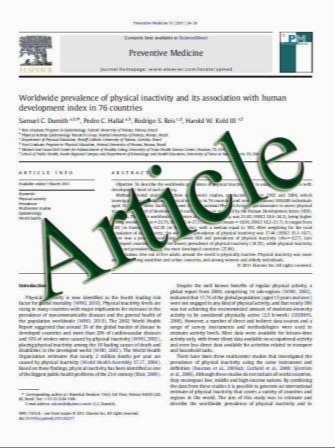Cystatin C estimated renal dysfunction predicts T wave axis deviation in US adults: results from NHANES III
- نوع فایل : کتاب
- زبان : انگلیسی
- مؤلف : Mohammed F. Faramawi James L. Caffrey Jamshid Amanzadeh Lakpa Diku Sharpa Raquel Qualls-Hampton
- چاپ و سال / کشور: 2010
Description
Patients with impaired kidney function are at increased risk of ventricular arrhythmia and sudden death. The association between chronic kidney disease and frontal T wave axis deviation, a cardiovascular risk factor, in individuals without heart disease is unexplored and unknown. To test the hypothesis that chronic kidney disease predicts frontal T-wave axis deviation, American participants 40 years of age or older from NHANES III, were categorized as having and not having chronic kidney disease based on glomerular filtration rates estimated by both serum cystatin C and serum creatinine and serum creatinine alone. Frontal T-wave axis deviation was measured from the standard 12-lead electrocardiogram. Multivariable adjustments for age, ace, smoking, metabolic syndrome, albuminuria, left ventricular mass, QRS duration and heart rate were performed. In multivariable weighted regression analysis, the odds ratio for abnormal frontal T wave axis deviations and their corresponding 95% CIs in patients with decreased glomerular filtration rate determined by an equation included cystatin and creatinine was 1.90 (1.20–3.32). The odds ratio of frontal T wave axis deviation due to decreased kidney function, determined using an equation included serum creatinine alone, was 1.65 (1.10–2.90). This study suggests that abnormal frontal T wave axis deviation abnormalities occur in subjects with chronic kidney disease. Those with decline in renal function should be considered at risk for potentially serious T-wave associated arrhythmias and thus carefully monitored
Eur J Epidemiol (2011) 26:101–107 DOI 10.1007/s10654-010-9534-5 eceived: 30 September 2010 / Accepted: 30 November 2010 / Published online: 24 December 2010


